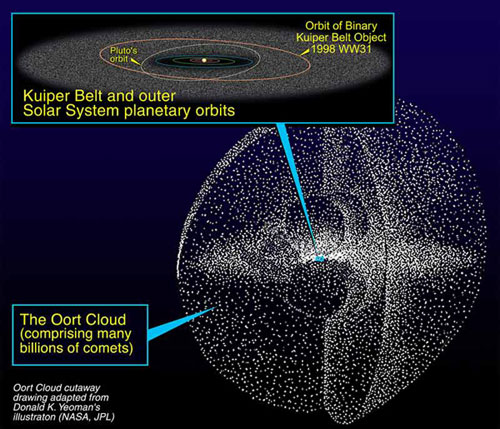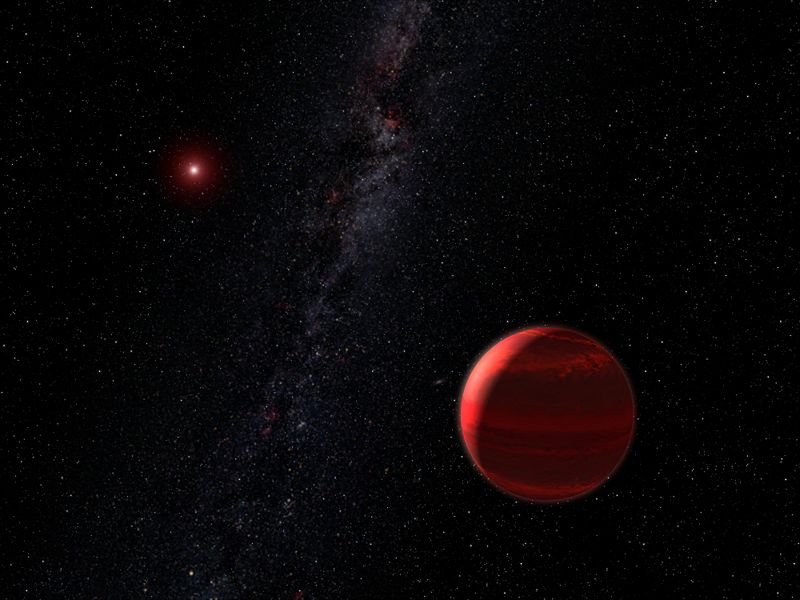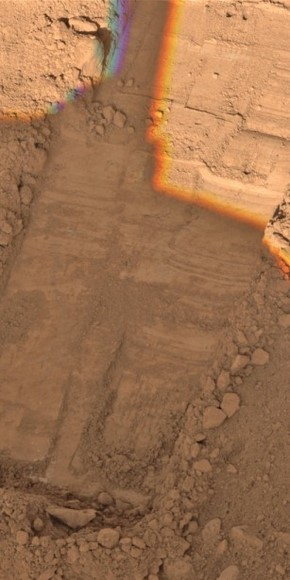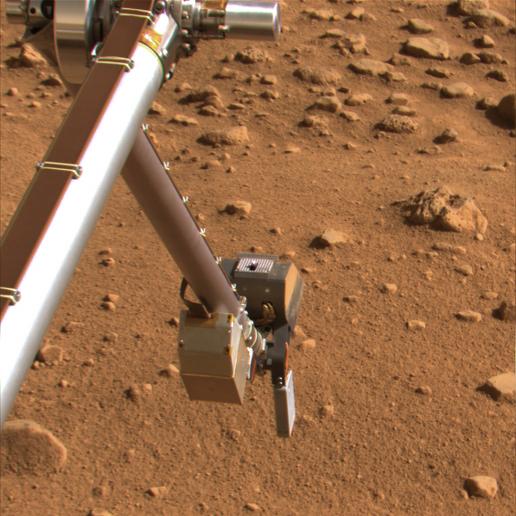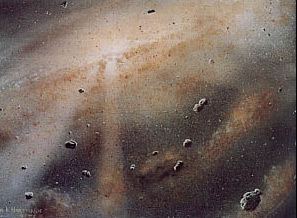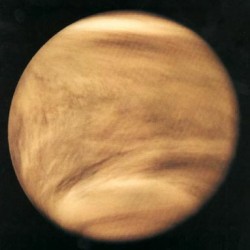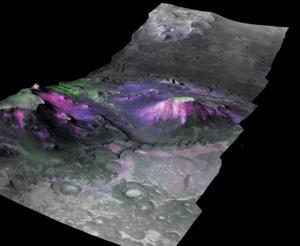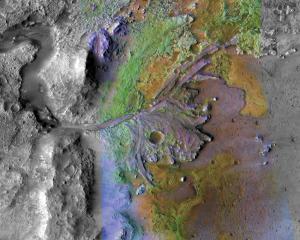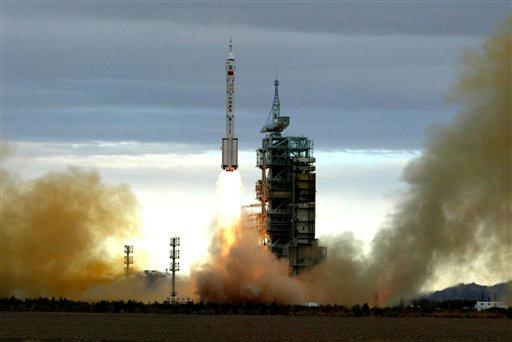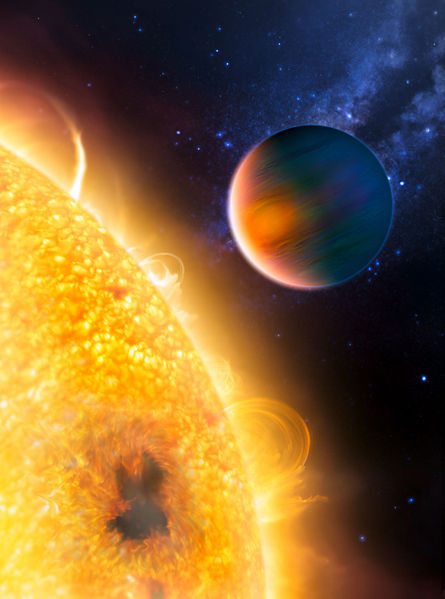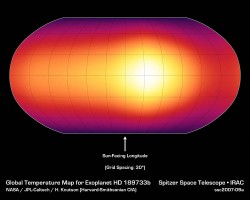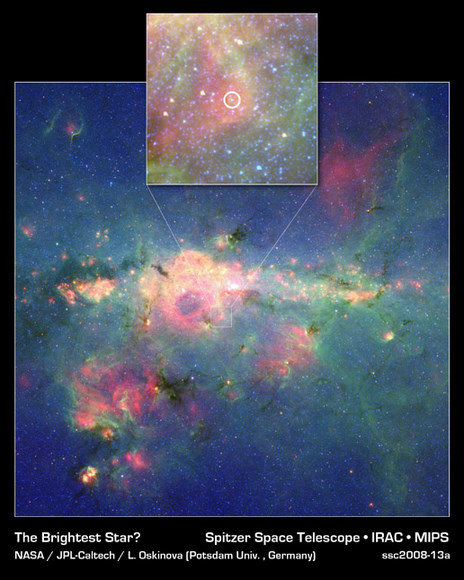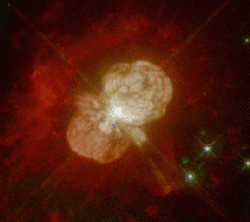Defining the diameter of the Solar System is a matter of perspective and characterization. You can look at the Solar System’s diameter as ending at the aphelion of the orbit of the farthest planet, the edge of the heliosphere, or ending at the farthest observable object. To cover all of the objective bases, we will look at all three.
Looking at the aphelion(according to NASA figures) of the orbit of the farthest acknowledged planet, Neptune, the Solar System would have a radius of 4.545 billion km and a 9.09 billion km diameter. This diameter could change if the dwarf planet Eris is promoted after further study.
Sedna is three times farther away from Earth than Pluto, making it the most distant observable object known in the solar system. It is 143.73 billion km from the Sun, thus giving the Solar System a diameter of 287.46 billion km. Now, that is a lot of zeros, so let’s simplify it into astronomical units. 1 AU(distance from the Earth to the Sun) equals 149,597,870.691 km. Based on that figure, Sedna is nearly 960.78 AU from the Sun and the Solar System is 1,921.56 AU in diameter.
A third way to look at the diameter of the Solar System is to assume that it ends at the edge of the heliosphere. The heliosphere is often described as a bubble where the solar wind pushes against the interstellar medium and edge of where the Sun’s gravitational forces are stronger than those of other stars. The heliopause is the term given as the edge of that influence, where the solar wind is stopped and the gravitational force of our Sun fades. That occurs at about 90 AU, giving the Solar System a diameter of 180 AU. If the Sun’s influence ends here, how could Sedna be considered part of the Solar System, you may wonder. While it is beyond the heliopause at aphelion, it falls back within it at perihelion(around 76 AU).
Those determinations of the diameter of the Solar System may seem about as clear as mud, but they give you an idea of what scientists are trying to place a definitive value on. The distances involved are mind boggling and there are too many unknowns to place a absolute figure. Perhaps, an exact number will be determinable as the Voyager probes continue their outward journey.
Here’s an article on Universe Today about the closest star to Earth, and another about how long it would take to travel to the closest star.
Here’s an article from the Physics Factbook about the diameter of the Solar System, and a cool way to visualize it using the Earth as a peppercorn.
We have recorded a whole series of podcasts about the Solar System at Astronomy Cast. Check them out here.
References:
Neptune Fact Sheet
NASA: Planet-Like Body Discovered at Fringes of Our Solar System
NASA Science: Heliophysics
Wikipedia

